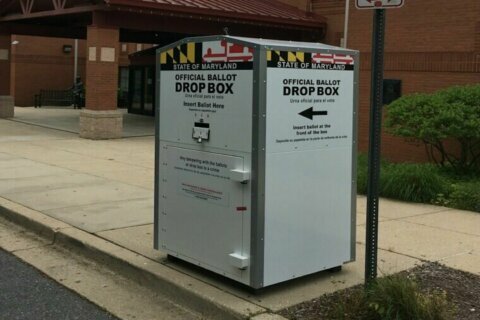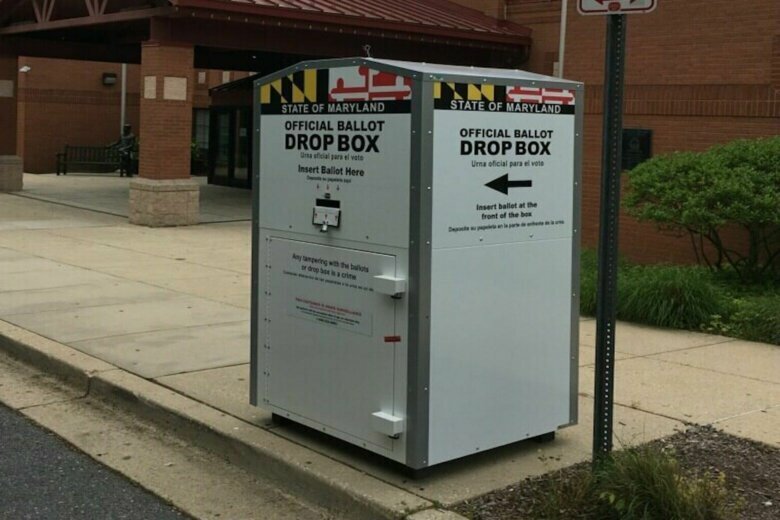This article was republished with permission from WTOP’s news partners at Maryland Matters. Sign up for Maryland Matters’ free email subscription today.

This content was republished with permission from WTOP’s news partners at Maryland Matters. Sign up for Maryland Matters’ free email subscription today.
As lawmakers float ambitious election reforms including permanently expanding mail-in voting, Maryland State Board of Election officials said they want to increase the number of ballot drop-off boxes in future elections.
Elections officials laid out their plans for 2021 during a Thursday afternoon Senate Education, Health and Environmental Affairs Committee meeting.
While elections officials have begun looking for replacements for the state’s electronic pollbooks, which provide up-to-date voter registration data, they also are preparing for redistricting and reapportionment.
Legislators need to act fast on redistricting because a plan needs to be in place well before the 2022 election, Linda Lamone, Maryland’s top elections administrator, told the panel. This week, Gov. Lawrence J. Hogan Jr. (R) renewed his perennial push to make redistricting a nonpartisan process in Maryland.
In the wake of a 2020 election in which more Marylanders than ever voted by mail, several senators and delegates have proposed changes to Maryland’s election system and plan to sponsor bills.
Of more than three million Marylanders who voted in last year’s presidential election, Lamone said roughly half voted with ballots they received by mail or email, rather than voting in-person at an early voting center or on election day. And, amid concerns about U.S. Postal Service delays, two-thirds of those voters who used ballots obtained by mail or email deposited their ballots at one of the drop-boxes located across the state.
“The voters really loved them, but we need to have a little bit more data analysis to identify the best locations for the boxes, and we need to consider what resources there are to secure and manage them,” Lamone told lawmakers.
If the General Assembly opts to permanently expand voting by mail, Lamone said the state will need to establish data centers to take the burden of processing applications for ballots off local election boards.
The state used one such center during the 2020 election, tapping space and resources provided by the Maryland Motor Vehicle Administration.
Sen. Cheryl C. Kagan (D-Montgomery) said she’d heard from constituents who received incorrect ballots or applications during the 2020 election cycle.
Maryland uses the Electronic Registration Information Center, or ERIC, to keep its voter registration up to date. Kagan urged election officials to check into why some Marylanders received incorrect ballots or applications despite the state’s use of ERIC.
“We want to be able to reassure everybody of the quality of our database,” Kagan said.
Lamone said voter registration is complicated, since officials sometimes need confirmation before removing a voter’s name from the database.
“If we don’t know that somebody’s moved or, unfortunately, passed away, we can’t just remove people from the list based on rumor,” Lamone said. “We have to have proof.”
Maryland’s 2020 General Election also saw the state’s highest voter turnout since 2008 – reflecting what Deputy Election Administrator Nikki Charlson says was a highly successful voter education campaign. She pointed to the state’s emphasis on voting early as a particular success, with 32 percent of voters casting ballots at early voting sites compared to 14 percent voting on election day.








